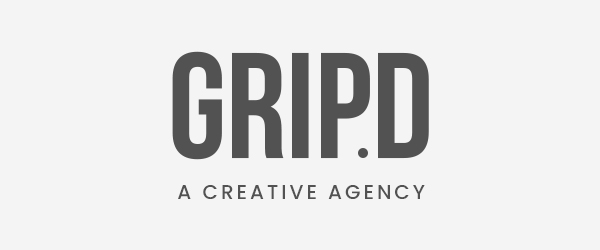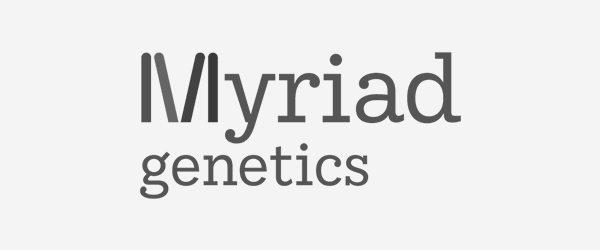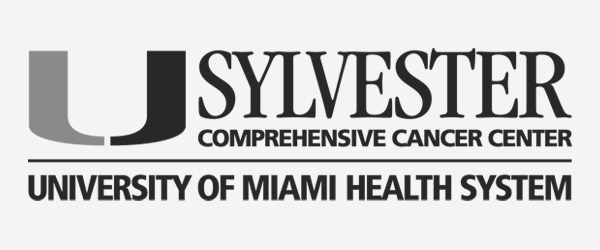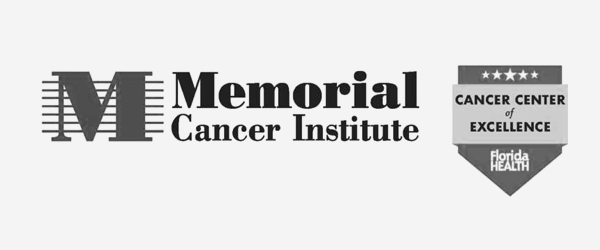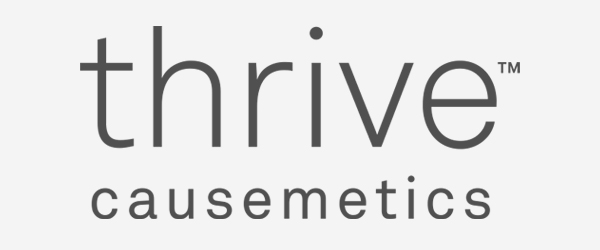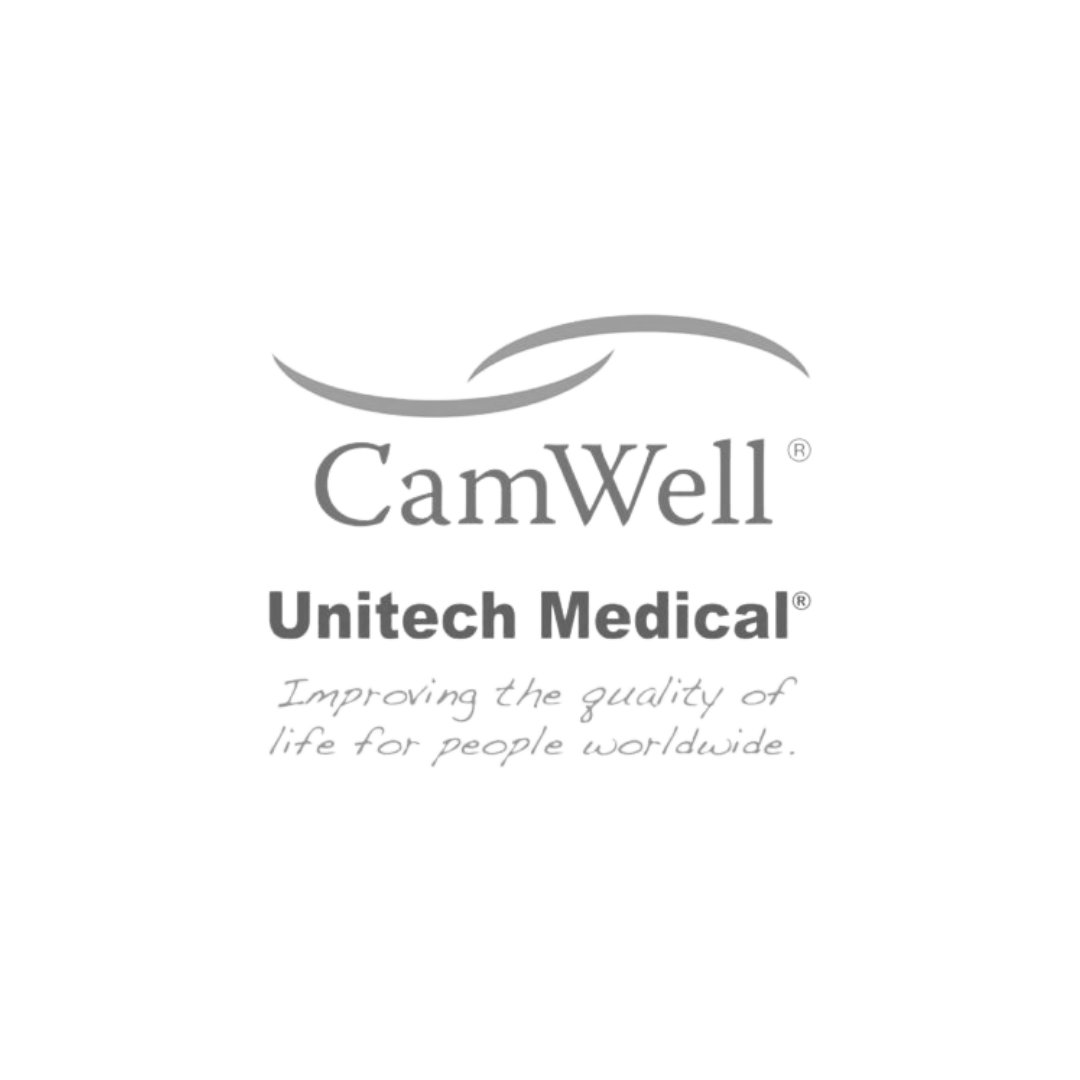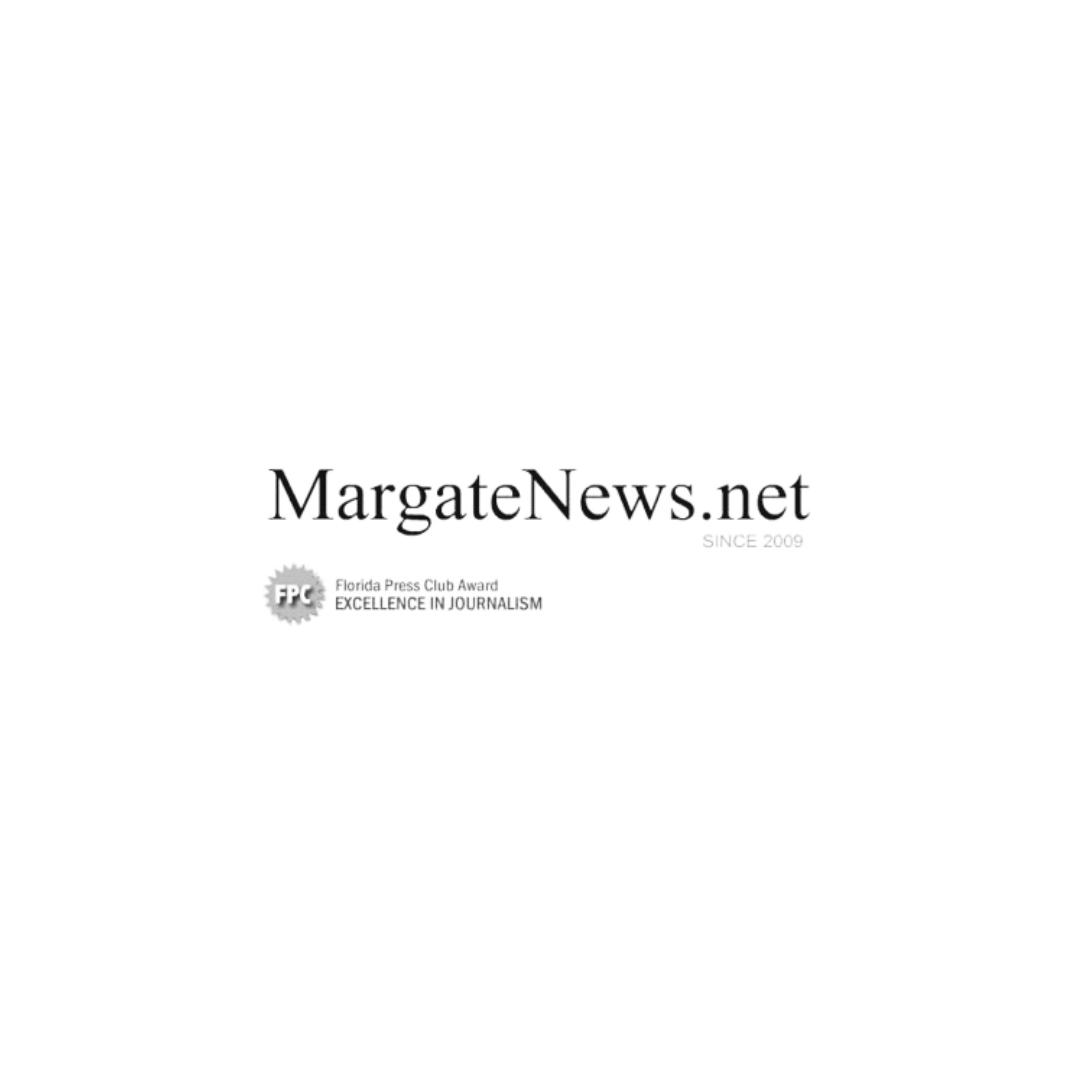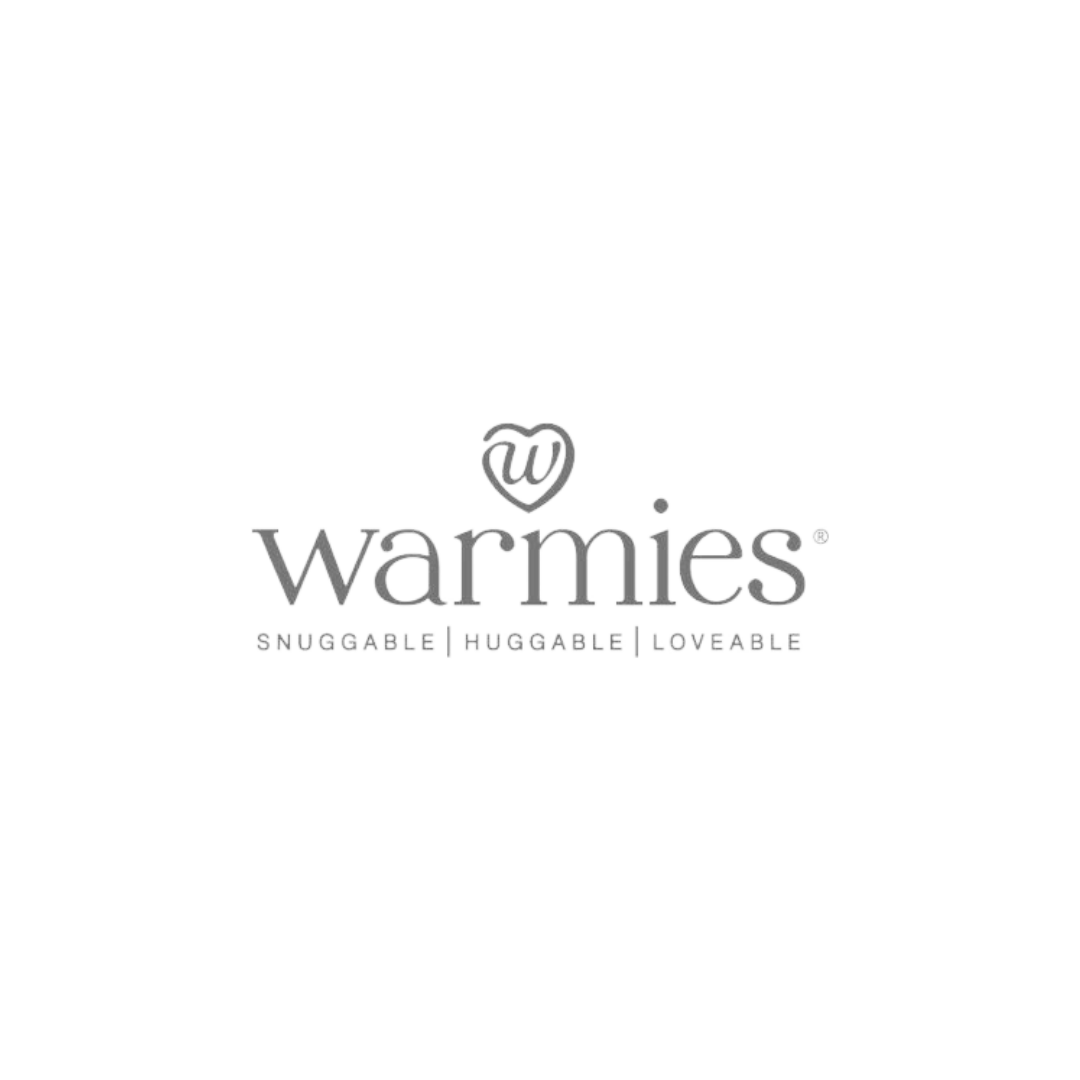Founder’s Story
Founder’s Story
The BRCAStrong Founder’s Story
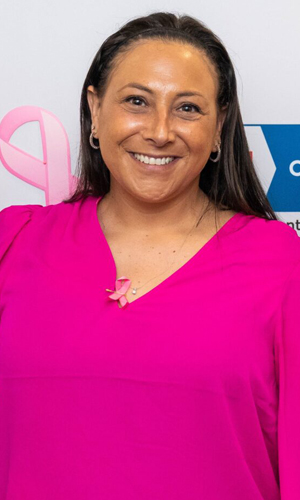
I was only 18 years old when I found a lump in the shower.
It was a fortuitous find. My beloved Nana was 70 years old and had just finished breast cancer treatment so I was really self- aware. I went to my gynecologist who gave me a prescription for a mammogram. The mammogram report suggested further evaluation was required. Though I had to undergo a lumpectomy, there was good news: my lump was benign.
End of story. Right?
That lumpectomy was just the beginning of a series of 16 surgeries. One year later, I had another lumpectomy in the other breast. At age 21, the ultrasound picked up a mass which I never felt. I had two choices: another lumpectomy or genetic testing for the BRCA gene.
With my Ashkenazi Jewish roots and strong family history of cancer, I was a prime candidate for the genetic testing. My grandmother and her three sisters had been diagnosed with cancer. My grandfather had prostate and lung cancer and on my dad’s side, there was a history of gynecological cancer. The testing results came back BRCA2 positive with an 87% chance of breast cancer and 67% chance of ovarian cancer.
The recommendations were as daunting(shocking) as the statistics: a full hysterectomy, bilateral mastectomy, Tamoxifen or a combination thereof. I was a ticking timebomb- a 21-year-old in a serious relationship who wanted to get married and have children. Would my then boyfriend agree to marry me knowing the risks? Should I have prophylactic surgery or wait for the next lump to appear in my breast?
The decision was not an easy one. Under the guidance of medical professionals and encouragement from my boyfriend, I got married, had two children and spent one decade waiting with my fingers and toes crossed. At the age of 32, after 10 years of marriage and waiting for the shoe to drop, I made two life-changing decisions: to start BRCAStrong as a Facebook group and begin my proactive surgical journey two months later.
“The timing of starting this group and planning for surgery was strategic. Until you’ve experienced this for yourself, there’s no way to understand the physical and emotional the challenges that come along with a diagnosis of this magnitude – especially at such a young age,” Tracy said. “It’s so important to find comfort, support and information from a group of women who share such a strong experiential bond.”
I had a full hysterectomy followed six months later by a bilateral prophylactic mastectomy with AirXpanders. It was promising times. I participated in a clinical trial which help bring the AirXpanders to the market and I testified for the Patient Education Act in Washington.
And then the rejections began. I was already divorced by 2016 when my air expander failed and was had it replaced by a saline one. My body rejected the implants three times and I had only one breast for two and a half years. As a woman, that is a devastating loss. But I wasn’t the type to wallow in self-pity and began an extensive search internationally for cosmetic options.
And then COVID pandemic hit and cosmetic procedures were put on hold.
I finally found a surgeon who looked into my eyes and told me that after 16 surgeries she was going to make me beautiful again. Eventually, I did have two breasts but it was a series of unfortunate medical events and an emotionally-challenging rocky road. One breast turned black; the other opened up. I turned septic and had a PICC Line for six-weeks before an additional surgery in April 2022 and a final one in December. In 2022, I also had craniotomy surgery to successfully treat a Chiari malformation, a congenital brain condition which had formerly promoted a lifetime of severe migraines.
It has been a tough journey but my story is not meant to be a tale of woe. Positive change comes from challenging experiences. I am proud to be the founder of BRCAStrong, a safe place for women to ask questions and reach out for support. With 4000 members nationwide, I am embracing the new normal. I have learned the importance of support and the courage it takes to come to terms with yourself and your body. And I want to share these lessons that I have learned along the way.
I can’t emphasize the importance of emotional support. Three generations of my family have bonded together to create a safety net for me. It was my daughter who inspired the butterfly logo, referring to my metamorphosis as I navigated my medical challenges. She has gone on to be a major contributor to the organization, by creating packages and responding to emails and her contribution is invaluable. Second generation support has emanated from my mom. Diagnosed with Multiple Myeloma, my mom is a cancer survivor and a caregiver, who has been at my side through it all. From driving me to and from my surgeries to stocking my refrigerator and supporting my medical choices, my mom has been a powerhouse of emotional and physical giving. A shoutout to my Nana, who was not only my role model, but also my biggest cheerleader and a super-sized source of inspiration. She was the epitome of the breast cancer survivor, fought everything and remained such a positive person until her death in 2018. My Nana not only supported my medical and life decisions; she also inspired me be a better person, a better parent and a better role model for others, adding value to people’s lives.
Thanks to her, I always ask myself, “What would Nana have done? “
The BRCAStrong Founder’s Story

I was only 18 years old when I found a lump in the shower.
It was a fortuitous find. My beloved Nana was 70 years old and had just finished breast cancer treatment so I was really self- aware. I went to my gynecologist who gave me a prescription for a mammogram. The mammogram report suggested further evaluation was required. Though I had to undergo a lumpectomy, there was good news: my lump was benign.
End of story. Right?
That lumpectomy was just the beginning of a series of 16 surgeries. One year later, I had another lumpectomy in the other breast. At age 21, the ultrasound picked up a mass which I never felt. I had two choices: another lumpectomy or genetic testing for the BRCA gene.
With my Ashkenazi Jewish roots and strong family history of cancer, I was a prime candidate for the genetic testing. My grandmother and her three sisters had been diagnosed with cancer. My grandfather had prostate and lung cancer and on my dad’s side, there was a history of gynecological cancer. The testing results came back BRCA2 positive with an 87% chance of breast cancer and 67% chance of ovarian cancer.
The recommendations were as daunting(shocking) as the statistics: a full hysterectomy, bilateral mastectomy, Tamoxifen or a combination thereof. I was a ticking timebomb- a 21-year-old in a serious relationship who wanted to get married and have children. Would my then boyfriend agree to marry me knowing the risks? Should I have prophylactic surgery or wait for the next lump to appear in my breast?
The decision was not an easy one. Under the guidance of medical professionals and encouragement from my boyfriend, I got married, had two children and spent one decade waiting with my fingers and toes crossed. At the age of 32, after 10 years of marriage and waiting for the shoe to drop, I made two life-changing decisions: to start BRCAStrong as a Facebook group and begin my proactive surgical journey two months later.
“The timing of starting this group and planning for surgery was strategic. Until you’ve experienced this for yourself, there’s no way to understand the physical and emotional the challenges that come along with a diagnosis of this magnitude – especially at such a young age,” Tracy said. “It’s so important to find comfort, support and information from a group of women who share such a strong experiential bond.”
I had a full hysterectomy followed six months later by a bilateral prophylactic mastectomy with AirXpanders. It was promising times. I participated in a clinical trial which help bring the AirXpanders to the market and I testified for the Patient Education Act in Washington.
And then the rejections began. I was already divorced by 2016 when my air expander failed and was had it replaced by a saline one. My body rejected the implants three times and I had only one breast for two and a half years. As a woman, that is a devastating loss. But I wasn’t the type to wallow in self-pity and began an extensive search internationally for cosmetic options.
And then COVID pandemic hit and cosmetic procedures were put on hold.
I finally found a surgeon who looked into my eyes and told me that after 16 surgeries she was going to make me beautiful again. Eventually, I did have two breasts but it was a series of unfortunate medical events and an emotionally-challenging rocky road. One breast turned black; the other opened up. I turned septic and had a PICC Line for six-weeks before an additional surgery in April 2022 and a final one in December. In 2022, I also had craniotomy surgery to successfully treat a Chiari malformation, a congenital brain condition which had formerly promoted a lifetime of severe migraines.
It has been a tough journey but my story is not meant to be a tale of woe. Positive change comes from challenging experiences. I am proud to be the founder of BRCAStrong, a safe place for women to ask questions and reach out for support. With 4000 members nationwide, I am embracing the new normal. I have learned the importance of support and the courage it takes to come to terms with yourself and your body. And I want to share these lessons that I have learned along the way.
I can’t emphasize the importance of emotional support. Three generations of my family have bonded together to create a safety net for me. It was my daughter who inspired the butterfly logo, referring to my metamorphosis as I navigated my medical challenges. She has gone on to be a major contributor to the organization, by creating packages and responding to emails and her contribution is invaluable. Second generation support has emanated from my mom. Diagnosed with Multiple Myeloma, my mom is a cancer survivor and a caregiver, who has been at my side through it all. From driving me to and from my surgeries to stocking my refrigerator and supporting my medical choices, my mom has been a powerhouse of emotional and physical giving. A shoutout to my Nana, who was not only my role model, but also my biggest cheerleader and a super-sized source of inspiration. She was the epitome of the breast cancer survivor, fought everything and remained such a positive person until her death in 2018. My Nana not only supported my medical and life decisions; she also inspired me be a better person, a better parent and a better role model for others, adding value to people’s lives.
Thanks to her, I always ask myself, “What would Nana have done? “
Our Mission
To alleviate the emotional and financial burdens of women facing breast and/or ovarian cancer (regardless of genetic predisposition) through advocacy, direct assistance, empowerment and events.
Vision
To build a sisterhood within the sorority no one wants to be a part of.
Our Mission
To alleviate the emotional and financial burdens of women facing breast and/or ovarian cancer (regardless of genetic predisposition) through advocacy, direct assistance, empowerment and events.
Vision
To build a sisterhood within the sorority no one wants to be a part of.
“The thing is, that until you’ve experienced this for yourself, there’s no way to empathize or understand the challenges that come along with a diagnosis of this magnitude – The thing is, that until you’ve experienced this for yourself, there’s no way to empathize or understand the challenges that come along with a diagnosis of this magnitude – especially at such a young age, and in that stage of life,”
Tracy said. “It’s so important to find comfort and support in a group of women who share such a strong experiential bond.
“The thing is, that until you’ve experienced this for yourself, there’s no way to empathize or understand the challenges that come along with a diagnosis of this magnitude – The thing is, that until you’ve experienced this for yourself, there’s no way to empathize or understand the challenges that come along with a diagnosis of this magnitude – especially at such a young age, and in that stage of life,”
Tracy said. “It’s so important to find comfort and support in a group of women who share such a strong experiential bond.
BRCAStrong Blog
BRCAStrong Blog
Reflecting on the Birth of BRCAStrong
The Birth of BRCAStrong In 2015, two weeks after undergoing a prophylactic bilateral mastectomy, I founded BRCAStrong. My daughter, Gabriela, who was just seven years old at the time, lovingly
Reflecting on Two Decades: My Journey with the BRCA2 Mutation, Previvorversary
July 16, 2004, is a date forever etched in my memory. It was the day I discovered that I carried the BRCA2 mutation, a revelation that would profoundly impact my
Cancer is in my genes – literally and figuratively
Cancer is in my genes - literally and figuratively. When I was in college both my paternal aunt and my paternal grandmother passed away - 3 years apart, both in


